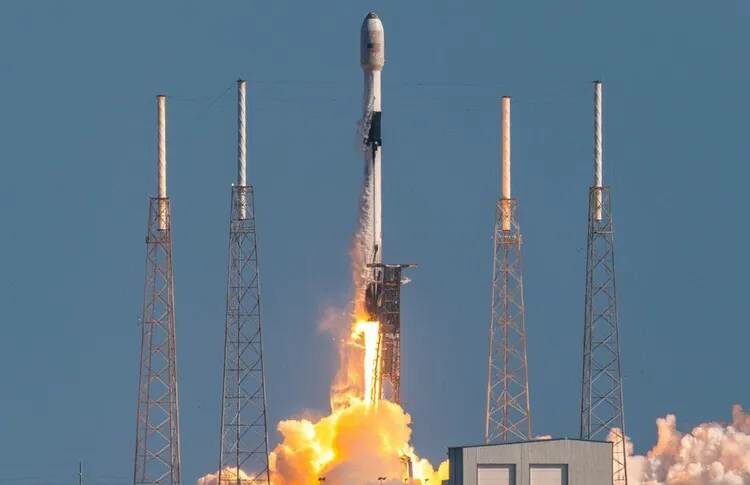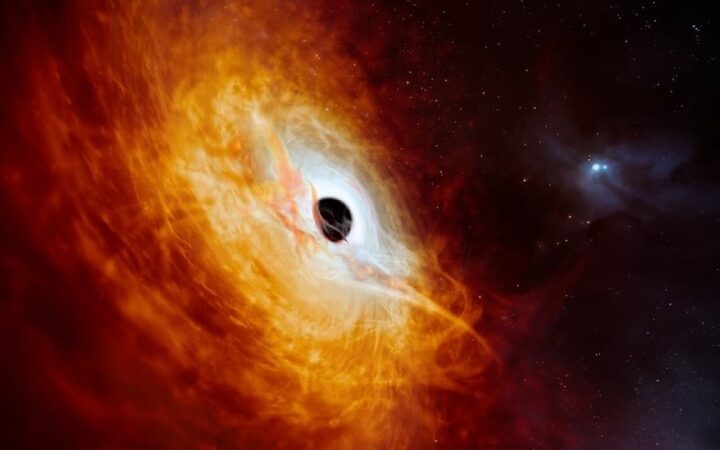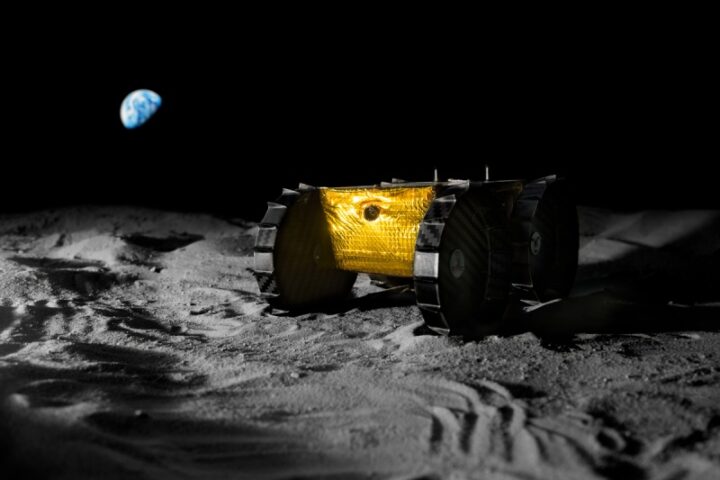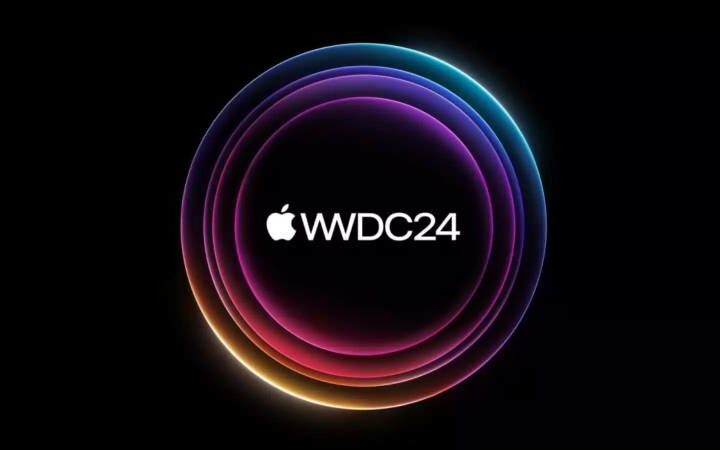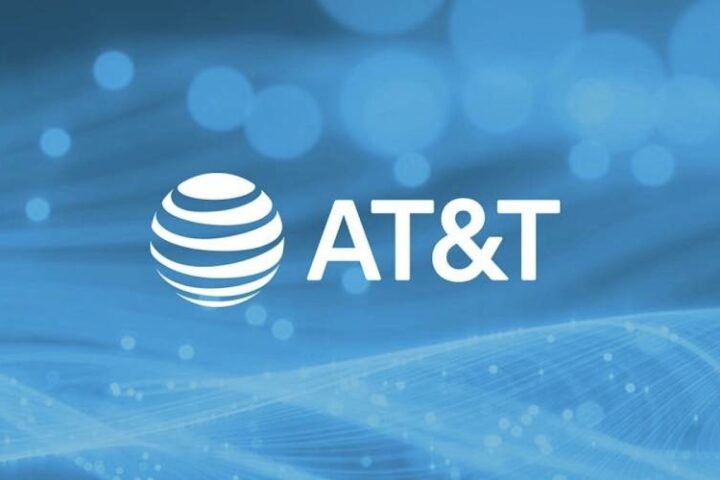After another mission was aborted in Florida, SpaceX launched a Falcon 9 rocket loaded with wideband Starlink satellites into orbit from California on Tuesday.
Elon Musk’s private space company announced it had successfully placed 20 Starlink satellites into low Earth orbit after lifting off from Vandenberg Space Force Base at 11:40 p.m. ET.
“On orbit, the 13 with Direct to Cell capabilities will connect over laser backhaul to the existing constellation, using an advanced modem on board that acts as a cellphone tower in space,” SpaceX posted on X.
The Falcon ninth stage landed on the SpaceX drone ship “Of Course I Still Love You” about 8.5 minutes after liftoff. According to the mission description on SpaceX’s website, this is the fifth flight of the first stage, which previously launched USSF-62 and has now launched four Starlink missions.
The California launch took place in the evening after a planned mission to Florida by satellite company SES was postponed.
The Florida mission has been postponed until Wednesday and is now scheduled for 5:25 pm Eastern time at Space Launch Complex 40 (SLC-40) at Cape Canaveral Space Force Station, SpaceX said.
The mission will be the ninth flight of a first stage for SpaceX, which has previously launched Ax-2, Euclid, Ax-3, CRS-30, and four Starlink missions. SpaceX will be broadcasting the launch live on X from about 15 minutes before the launch.
After stage separation, the first stage will land on the “Just Read the Instructions” drone ship, which will be deployed in the Atlantic Ocean, SpaceX said.
The 20 satellites launched into low Earth orbit on Tuesday will join more than 6,000 satellites in the Starlink constellation that provides internet access to more than 75 countries. As of May, Starlink had more than 3 million subscribers for its high-speed internet service.
With Tuesday’s launch, SpaceX has completed 356 launches, 319 landings and 290 landings, a historic achievement as the first private company to develop a reusable two-stage rocket.
The Defense Department has taken notice of Musk’s success and selected SpaceX, Jeff Bezos’ Blue Origin and Boeing-Lockheed joint venture United Launch Alliance (ULA) as competitors for national security space missions in a $5.6 billion procurement program.
The Pentagon’s plan is to look for rockets that will be ready for space missions by December, Reuters reported.
The three companies were the first to be selected as part of the Pentagon’s lucrative National Security Space Launch Phase 3 procurement program, a multi-billion-dollar competition between U.S. rocket companies to acquire some of the most sensitive military assets for the next decade. and launch the nation’s intelligence satellites into space.
SpaceX’s partially reusable Falcon 9 rockets are dominating the launch industry as the company tests its next-generation Starship rocket. This is a gigantic, fully reusable launch system that Musk describes as essential for sending people into space and launching millions of satellites into orbit.
- NBA Rookie of the Year Favorite: Former UConn Huskies Star Guard - December 17, 2024
- Where to Watch the ‘Yellowstone’ Finale Without Cable: A Simple Guide - December 14, 2024
- Wendy’s is celebrating the festive season with 12 days of ‘Bow-Go’ deals exclusively on the app - December 13, 2024

